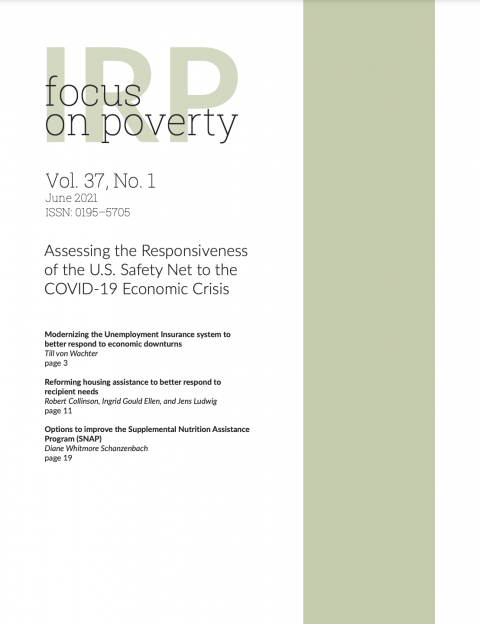Publication
Reforming Housing Assistance to Better Respond to Recipient Needs
Federal housing policy in the United States is complex in both its structure and its implementation. It is enacted through a variety of programs at the federal level, but administered in many cases at the state, county, or local level. In addition, it is intended to achieve several goals, including reducing homelessness, alleviating the budgetary strains on low-income families when their rental costs consume an unsustainable portion of their income, and improving both the quality of housing that families occupy and surrounding neighborhood conditions. In our paper “Reforming Housing Assistance,”1 we review evidence on the effectiveness of the three main federal vehicles for providing housing assistance to low-income families, lay out current challenges and potential improvements to each program, and propose further research needed to fully inform future policy initiatives. We recommend changes to current federal housing assistance programs so that they can more effectively serve people living in poverty. These include improving how programs take into account regional and state-level variations in the cost and availability of housing, reassessing the level and duration of assistance and to whom it should be targeted, and broadening the set of homes available to recipients of housing assistance beyond those located in areas that are low-income and predominantly Black or Hispanic.



